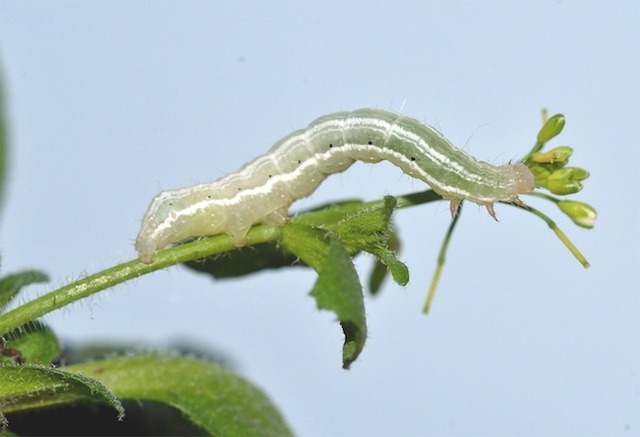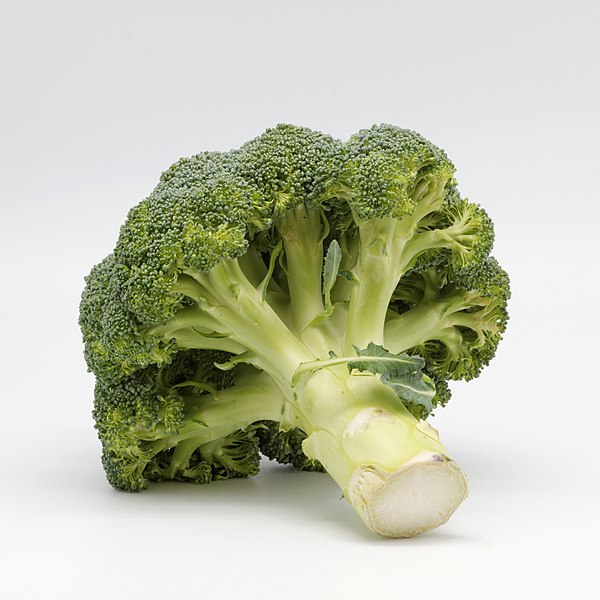Tree of the month: HARMLESS TO OZONE LAYER 1 in Arabidopsis thaliana and the glucosinolate-myrosinase defense pathway

Being a plant is not a piece of cake. Only if you are lucky enough you may be able to sprout in some random place that will be all your world for the rest of your life. You may have to endure torrid summer days, or freezing winter nights, or have your roots totally soaked when it rains. The ground below you may be nutrient poor, or saline, or too acid or perhaps full of heavy metals. Your relationship with other living beings is also quite difficult. Just like any animal, you are exposed to diseases and parasites, but unlike animals, you cannot hide or run away from your predators. Being a plant means that even something so slow and clumsy as a caterpillar or a snail is a terrible foe that threatens your life. Not even the dumbest plant likes to be eaten, and virtually all of them have some trick to try to avoid such a dreadful fate. Many use spikes or reinforce their structures to make them difficult to chew, and most of them use some kind of chemical warfare. One of the best examples of these chemical defenses can be found in mustard, being responsible of the strong and pungent flavour that make it one of the most popular spices in the world. Mustards and other related plants (Including many crops and the model organism Arabidopsis thaliana) contain volatile sulfurs that are synthesized through a metabolic pathway known as glucosinolate-myrosinase pathway. Some of the final products, such as methyl isothiocyanate and their relatives, are toxic gases used by the plant against microbes and herbivores.
The gene HOL1 and their close relatives, HOL2 and HOL3, encode a set of enzymes that participate in the last steps of this pathway in Arabidopsis thaliana. In particular, HOL1 catalyzes the methylation of derivatives of the glucosinolate-myrosinase pathway, producing methyl isothiocyanate and other related chemicals in response to injury. The hydrolytic enzyme (myrosinase) and the glucosinolate precursors are normally separated in the plant, and they only mix when the tissue is damaged, thus iniciating the defense response. These compounds are strong irritants and responsible of much of the strong flavour and aroma of mustards and other related condiments we add to our food to make it less boring. Furthermore, the enzyme is also capable of catalyzing the methylation of halides, effectively producing methyl chloride, methyl bromide and methyl iodide, although with much lower affinity. These compounds are well known for their role in ozone degradation in the stratosphere, and thus the null mutant of this gene, that had a reduced production of methyl halides, was named “HARMLESS TO OZONE LAYER” (HOL) by Rhew et al. (2003), before the physiological activity was fully understood.
The glucosinolate-myrosinase pathway is well preserved across flowering plants, being already present before the split of dicots and monocots; but it is particularly enhanced in the plants with cross-shaped flowers, the Brassicaceae family. As can be seen in our tree of the month, HOL1 has two close paralogs resulting from two duplication events in Arabidopsis, and the same is true for several other key steps in the pathway. Brassicaceae contains not only the model organism Arabidopsis thaliana and mustards (genus Sinapis and Brassica), but also several important crops such as the cabbage, cauliflower, broccoli, Brussels sprout (all different varieties of Brassica oleracea), turnip (Brassica rapa), radish (Raphanus sativus), or the sushi-lovers favourite condiment, the wasabi (Eutrema japonicum). The different tastes of all these highly related plants is partially due to differences in the composition and quantity of these glucosinolate derived compounds. Thankfully, the production of volatile compounds have been reduced in some of these plants by artificial selection. This is why our broccoli has a much softer taste than wasabi, even though most kids would agree that is not enough for turning it edible.
Many more stories awaits in the Arabidopsis thaliana phylome.
Pictures:
First text photography by Meena Hariba
Second text photography by Coyau / Wikimedia Commons / CC-BY-SA-3.0
References:
www.ncbi.nlm.nih.gov/pubmed/14561407
www.ncbi.nlm.nih.gov/pubmed/19419967
www.ncbi.nlm.nih.gov/pubmed/15860423
www.ncbi.nlm.nih.gov/pubmed/24987290
www.ncbi.nlm.nih.gov/pubmed/17899172

